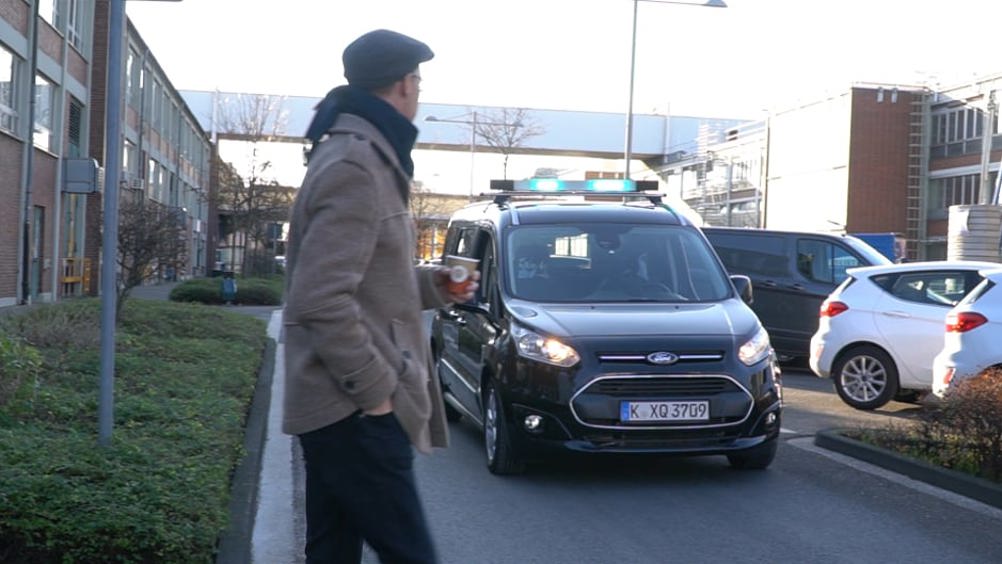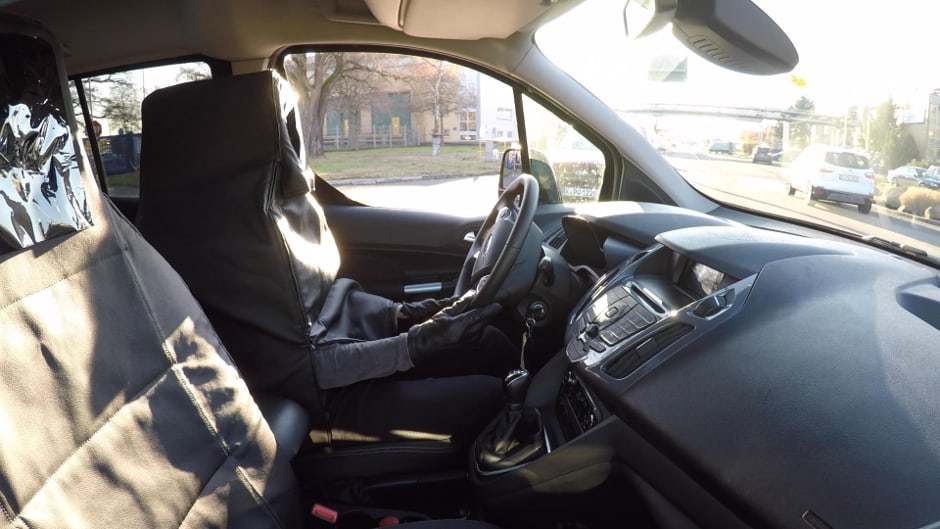Video of the week: 'Human car seat' helps Ford toward safe autonomy

This week’s video comes from Germany where Ford is using a so-called Human Car Seat to investigate the relationship between on-road autonomous vehicles, pedestrians and cyclists.

Drivers and other road users often communicate non-verbally as a way of signalling their intent.
These informal exchanges take many forms and help ensure safety, but what will happen when autonomous vehicles become more prevalent, rendering this form of communication obsolete?
Ford said it has been testing one approach that uses lights to indicate what the vehicle is doing and what it will do next as part of research into a communication interface that will help autonomous vehicles integrate with other road users.
To this end, the company created the Human Car Seat and put it inside a Transit Connect van. By concealing the driver in the seat, the vehicle would appear to be driving itself. This deception would help observers gauge responses to a roof-mounted light bar that flashed white, purple and turquoise to indicate when the van was driving, about to pull forwards and giving way.
Register now to continue reading
Thanks for visiting The Engineer. You’ve now reached your monthly limit of news stories. Register for free to unlock unlimited access to all of our news coverage, as well as premium content including opinion, in-depth features and special reports.
Benefits of registering
-
In-depth insights and coverage of key emerging trends
-
Unrestricted access to special reports throughout the year
-
Daily technology news delivered straight to your inbox










Simulations show Optimal Design for Bladeless Wind Turbines
"an 80cm mast" Really? I'm short but that's only half my height! Do they mean 800cm?